Harvard Business
School Professor Sunil Gupta explores the infiltration of Amazon into dozens of
industries including web services, grocery, online video streaming, content
creation and, oh, did we mention physical bookstores? What’s the big plan? Is
the company spread too thin? Or is it poised for astronomical success?
Brian Kenny: In the world of computer
science, Jon Wainwright is kind of a big deal. A computer language pioneer, he
was the principle architect of both Script 5 and Manuscript. What makes John a
legend has nothing to do with programming. Let me explain.
On April 3, 1995, Jon was in need of
work-related reading material. He fired up his T1 modem and navigated the
fledgling internet to the beta version of a new online bookstore. With the
click of a mouse, he became the very first customer to make a purchase on
Amazon.com. Fluid concepts and creative analogies, the book he purchased,
never became a best seller, but Amazon took off like a rocket ship and hasn't
slowed down since. With a market cap larger than all other retailers combined,
including Walmart, Amazon owns 49 percent of all online sales. In the time it
takes me to read this introduction, the company will earn over $300,000. Will
we ever see the likes of it again?
Today, we'll hear from Professor Sunil Gupta,
about his case entitled, Amazon in 2017. I'm your host Brian Kenny.
You're listening to Cold Call, part of the HBR Presents network.
Sunil Gupta is an expert in the area of
digital technology and its impact on consumer behavior and firm strategy. He is
the author of the recently published, Driving Digital Strategy, a Guide to
Re-imagining Your Business. This case is the perfect stepping-off point to
cover some of the ideas in that book. Sunil, thank you for joining me today.
Sunil Gupta: Thank you for having me.
Brian Kenny: The case is a great
foundational piece to launch into some of the ideas [of the book]. I'm going to
assume that anybody listening to this podcast has purchased something on
Amazon, or watched something on Amazon Prime. I had forgotten about their
modest beginnings, and just how much they've grown and expanded and changed…
Let me start by asking you … what led you to write the case?
Sunil Gupta: As you said, everybody knows
Amazon. At the same time, Amazon has become quite complex. They have grown into
a business that defies imagination. That raises the question, is Amazon
spreading itself too thin? Are they an online retailer? Are they video
producers? Are they now making movies? In strategy, we learn everybody should
focus. Obviously, Jeff Bezos missed that class.
You start to wonder, what is the magic behind
this? What is the secret sauce that makes Amazon such a huge success? Their
market cap almost touched a trillion dollars a few months ago.
Brian Kenny: Insane. The case takes place
in 2017. (Editor’s note: Amazon in 2019 has just been published.)
Start us off by setting it up. How does the case open?
Sunil Gupta: At that point in time,
Amazon had just bought Whole Foods, which was very counterintuitive. Amazon has
been an online player. Why is it getting into an offline business? That was
against their grain as an online player. The second thing is, food is a very
low-margin category. Amazon is a technology company; its stock is going to
stratosphere. Amazon had been (operating) Amazon Fresh for 10 years, and hasn't
succeeded. Why don't they give up? That was a starting point. Of course, the
case describes all the other 20 things they have done in the last 20 years and
asked the question, what is Amazon up to?
IT'S ALMOST A 25-YEAR-OLD COMPANY THAT STILL WORKS LIKE A
STARTUP.”
Brian Kenny: Amazon and Jeff Bezos are
sort of synonymous. He's a cult of personality there, like Steve Jobs was with
Apple. Jeff's been in the news a lot lately for other reasons, you know,
personal reasons. He is probably one of the best-known CEOs in the world.
What's he like as a leader?
Sunil Gupta: I don't know him personally.
Based on the research I've done, he certainly is very customer obsessed. He's
focused on customer. He always says, "You start with the customer and work
backwards." He still takes calls on the call center. The culture is very
entrepreneurial, but also very heart driven. I mean, the idea for Amazon Prime
evidently didn't come from Jeff Bezos, it came from a person low in the
organization. He's quick to adapt the ideas if he sees some merit in it. It's
almost a 25-year-old company that still works like a startup.
Brian Kenny: Was the original concept for
Amazon . I mean, he sold books originally. Was it ever really a book company?
Sunil Gupta: I think it started more as
an online retailer. Book was an easy thing, because everybody knows exactly
what you're buying. It's no concern about the quality. His premise in the
online store was a very clear value proposition of three things. One was
convenience, that you can shop in your pajamas, so we don't have to fight the
traffic of Boston or Los Angeles. The second was infinite variety. I don't have
the constraint of a physical store. Even if I have Walmart, which is a huge
store, I can only stock so many things. As a result, you only have the top
sellers. In Amazon, I can have the long tail of any product, if you will. The
third was price. It was cheaper, simply because I don't have fixed costs of the
brick and mortar store. I can reduce the cost structure and therefore I can be
cheaper. Those were the three key value propositions. That's how it started.
The idea was, I'll start with books and then move on to electronics and other
things. But then of course, it moved far beyond being an online retailer.
Brian Kenny: This gets into some of the
ideas in your book. I was really intrigued in the book about the notion of what
kind of business are we in? Just that question alone. At face value, it looked
like Amazon was a retailer. They went in directions that nobody could have
imagined.
Sunil Gupta: Right. The purpose of the
case was to illustrate how these are all connected. From a distance they look
completely disconnected, and completely lack focus. Let's start with how the
concept evolved.
The first thing was, as I said, it was online
retailer. Very soon it became a marketplace. Now, what is a marketplace? They
basically allow third-party sellers to also sell on the Amazon platform, which
is distinct from a traditional retailer. Walmart doesn't allow me to set up
shop within Walmart, but Amazon allows me to do that. Now, why would they do
that? Simply because it increases the variety that they can sell on the
platform. Therefore, consumers are quite happy with the variety of the product
they can get on Amazon. Amazon gets commission without having the inventory and
the capital cost.
Perhaps the most important thing about
becoming a platform is that it creates what we call network effects. If
everything I can buy is available on Amazon, more consumers are likely to go
there. Because there are more consumers, more sellers are likely to go there.
It just feeds itself and becomes a virtual cycle. That's why there is only one
Amazon. Even if I start an online retail [store] that is in many ways better
than Amazon, nobody's coming to gupta.com, because buyers and sellers are not
there. That became the next phase, changing from an online retailer to a
marketplace. Then it went into AWS (Amazon Web Services), and you say,
"How can it go into being a technology company and compete with IBM and
Microsoft?" It was competing with Walmart before.
Sunil Gupta: In fact, at that point, Wall
Street was very down on that. They said, "What is Bezos thinking?"
The idea, if you think about it, was very simple. Amazon was building (web
services technology) for its own purpose, and then started giving this
technology, using this technology, for third-party sellers who were selling on
its platform.
Brian Kenny: Let me just interrupt for a
second. That's a marked change in direction. They had always been a consumer
platform. Now they're in a business-to-business play. I bet a lot of consumers
don't even know about Amazon Web Services.
Sunil Gupta: Correct. That was not saying
in a traditional sense, "This is my market." That's simply saying, I
have this capability. There's a demand for this capability. Can I do it?"
Part of that was opportunistic, also. If you remember in 2001, the dot.com
bubble crashed. If you're a B2C company, you hedge your bets and get into B2B
business. Part of that may have been luck. And then Amazon started producing
hardware, Kindle, and now competing with Apple.
You sort of say, why is an online retailer
getting into hardware production? If you think a little bit about it, the
answer is very easy. Kindle was designed to sell eBooks as people move from
buying hard copy books to downloading eBooks. The Kindle is the classic razor
and blade strategy. I sell razors cheap in order to make money on the blades.
I'm not making that much money Kindle, but I'm making money on e-books, which
is very different from Apple's strategy. Apple actually makes money on devices,
but Amazon is not making money on devices, or at least not making huge money.
Similarly, it moved into online streaming of the video content and suddenly
became a competitor of Netflix. You say, "Why is a retailer becoming a
competition of Netflix?" Again, if you think a little about it, the answer
becomes clear. As you and I moved on from buying DVDs [to] streaming the stuff,
that's what Netflix did. They used to send the DVDs to us.
Brian Kenny: I remember that. I still
have a couple.
Sunil Gupta: Amazon is very good in
moving with the customer. If the customer moves from buying books to e-books,
Amazon moves in that direction. If customers move from buying DVDs to
streaming, it moves in that direction. Now, can Amazon do it? Of course, they
can. They have AWS. Netflix is one of the largest AWS customers.
AMAZON IS VERY GOOD IN MOVING WITH THE CUSTOMER… IF CUSTOMERS
MOVE FROM BUYING DVDS TO STREAMING, AMAZON MOVES IN THAT DIRECTION.”
Brian Kenny: Are they leading or
following? Are they creating a market? In the beginning it seemed like they created
something entirely new. Now, are they anticipating, or are they just sort of
reacting to what's happening?
Sunil Gupta: It's a combination of both.
In some ways they are following the consumer behavior. [When consumers started]
moving to streaming, Amazon was not the first—Netflix started the streaming
thing, and then Amazon comes up with it. If you think about it, Amazon not only
distributed third party content on videos, but now they have Amazon Studio.
They are making movies. The competition now becomes Hollywood instead of
Walmart.
You sort of say, "What has gone wrong
with Jeff Bezos? Why is he making movies?" Making movies is a pretty
expensive business and highly risky. Again, the key is to understand the
purpose of the movies, which is to hook consumers on Amazon Prime. If you
remember, Amazon Prime started at $79 dollars per year. The benefit at that
time was two-day free shipping. Now, you and I are smart enough to do the math,
saying, how many shipments do we expect next year, and is $79 worth it? Bezos
does not want you to do that math. He basically says, "Oh, by the way,
I'll throw in some free content, some free music, some free unique movies.” Now
you can’t do the calculation. Why does he care about Prime? Right now, Amazon
has about 100 million Prime customers globally. Let's say I get an average 100
dollars per year, that's $10 billion in my pocket, before I open the store.
Brian Kenny: Right.
Sunil Gupta: The research also shows that
Amazon Prime customers buy three to four times more than non-Prime customers. I
mean, if you're a Prime customer, you don't even price shop.
Brian Kenny: Once you're Prime, you’ve
got to justify being a member. You buy everything on Amazon.
Sunil Gupta: Exactly. Your purchases
increase. You become price insensitive, which is fantastic. Jeff Bezos has said
that every time we win a Golden Globe award for our content, we sell more
shoes. The purpose of creating their own content is not to make money on the content.
This is a different razor, to sell you more shoes. Once you understand that,
what looks like disparate business is actually extremely tied together.
Brian Kenny: It all comes right back to
the core. They haven't always had good ideas. Have they had some misses along
the way too?
Sunil Gupta: I think the biggest failure
was Fire phone.
Brian Kenny: Remind us what that was?
Sunil Gupta: Amazon launched their own
phone. They were obviously very late in the market. iPhone was already there.
Samsung had done very well. You have two major players, if not many others, who
are very well established. Consumers love their iPhones. The question of course
was, why is Amazon launching a phone? What are the odds of success? Clearly the
odds of success were low.
The reason was they didn't want to be beholden
to the iPhone or to the Googles of the world. They know that the world is
moving towards mobile, in terms of shopping. Certainly in emerging markets
everybody's moving to mobile shopping. If tomorrow Apple or Google sort of
restrict … availability or use of Amazon—because they're all competing with
each other now—it becomes a challenge. Not all innovations succeed, but you've
got to take a shot. If you think about it, all the technology and thought
processes that went into Fire phone were not a complete waste. That went into
Echo. Now Alexa is a big hit.
Brian Kenny: They're a market leader in
that in that space. Let's talk a little bit about the ideas that underlie this
Amazon case. I think it starts with knowing what business you're in. Your book
addresses this. I think I know we're in the education space here at Harvard
Business School. Should we be thinking about other businesses?
Sunil Gupta: I think you're right. The
bigger question that Amazon case raises is, how do you define what business you
are in? Most of us tend to define business by the traditional industry
boundaries. If I'm a bank, I'm in banking and other banks are my competition. I
think industry boundaries are getting blurred today. Amazon can get into
banking. If I have lots of customers, I can start giving loans to small and
medium enterprises.
Brian Kenny: You would know a lot about
those customers.
Sunil Gupta: The key asset now is
customers and data, not the product and services that you offer. Once you know
about customers, you can do lots of different things. Industry boundaries are
getting blurred. You need to think not about competition, but what do customers
want. Do I have capabilities to serve that? The second thing is that the
traditional definition of where competitive advantage comes from is changing.
When I learned my MBA, we used to read Michael Porter's competitive strategy
stuff. If I were to simplify and summarize what I learned in competitive
strategy it was that competitive advantage comes from making your product
better or cheaper. Differentiation or cost leadership, which makes sense. If
you think about it, it's very much product focused. I think in today's world
competitive advantage comes from connecting products and connecting customers.
The Kindle, and e-books is an example of connecting products, multiple
products, right? Making movies on Amazon and selling more shoes is connecting
products. Razor and blade have been around forever. I think what’s different
today is razor and blade could be in completely different industries. Movies
and shoes.
The other side is connecting customers. We are
in a network economy. That's why there is only one Facebook, or one WhatsApp.
If you are the only person on Facebook, what's the value of Facebook? Not much,
unless you love yourself. As more and more people get onto Facebook, the value
of Facebook increases. It's not about improving product. Without changing
product, Facebook value increases. I think in this connected world that we live
in, it's about connecting products and connecting consumers.
Brian Kenny: We've got a lot of listeners
out there, many of whom are probably leading firms of one kind or another. How
do they go about exploring or redefining their business?
Sunil Gupta: I think again, you need to
think about what is your key asset? Everything starts with the consumer. In the
Amazon case, you move with the consumer to some extent. I asked the same of a
company for a medical device manufacturer. I said, "Who's your
competition?” The typical answer is: the other medical devices. Medical
business is now becoming a lot about data. Google is getting into that. Apple.
iPhone is becoming a medical device. Suddenly you have a very different kind of
player getting into this thing. When I say, "What business are you
in?" you need to think about who might get into that business, and that
changes the whole picture.
Brian Kenny: Why is Amazon so good at
engaging customers?
Sunil Gupta: I think it comes from the
culture of being customer obsessed, that no matter what the customer is right.
They deliver on that promise. The level of convenience that customers expect
from companies has changed. It used to be that if a company delivered a product
within a week that was considered good. Now, if you don't deliver on the same
day, it just seems awful. They've raised the bar in everything. Of course,
they're using technology very effectively, whether it's in their warehousing or
now investing in drones. I think they're still a 25-year-old startup.
Brian Kenny: That's another point that I
wanted to touch upon. They're able to adapt their supply chain it seems almost
effortlessly to whatever business direction they move in. Is it possible for
another entry to come into this space and scale in the same way that Amazon
has? Is this a once-in-a-lifetime type thing?
THAT'S THE KEY QUESTION: ARE THE PIECES FITTING TOGETHER
NICELY, OR DO THEY JUST HAPPEN TO BE ANOTHER BUSINESS BECAUSE IT'S PROFITABLE?”
Sunil Gupta: That's a tough question.
It's not that they're adapting supply chain for everything, right? For example,
I don't think the Amazon supply chain is ready for delivering frozen food. If I
have a supply chain to ship you electronics, I can use the same supply chain to
ship you prescription medication. That opens up another several-billion-dollar
market. If I call myself an online retailer, I will never think of prescription
drug delivery. If I think of my capabilities, I have the warehouse to deliver
electronics and books. Why can't I deliver your prescription medication? That
opens up completely different businesses.
Brian Kenny: What are the kind of
pitfalls that you need to be careful of, as you start to move into adjacent
markets?
Sunil Gupta: I think definitely the big
challenge is: how far do you go? On one hand it's good to expand the business
scope, because the industry boundaries are getting blurred. The danger is, do
you lose focus? The classic challenge of losing focus. There's a balance. I
think in Amazon's case, if you notice, everything is very tightly connected. If
you remove one part, the whole becomes less. That's the key question: Are the
pieces fitting together nicely, or do they just happen to be another business
because it's profitable?
Brian Kenny: We've done a couple of cases
on Cold Call that touch on the organizational impact of firms that move into
new businesses. Some of them are examples of where it’s benefitted the
employees. In other cases, it seems to have disrupted the culture in negative
ways. How do you see this playing out at Amazon? Does it impact them in any
way?
Sunil Gupta: Amazon has grown the top
line 20, 25 percent every quarter without fail, except for one quarter in 2001.
Right now, in 2019, their sales are @232 billion. I don't know many companies
that can grow at that rate, even when they're over $200 billion. I think that
as an employee, if you're on a winning team it has to energize you. If you are
in a culture which encourages experimentation and innovation, it has to excite
you. At the same time, I'm sure it's a very demanding culture, and there have
been reports about how demanding the culture of Amazon is. It probably is not
for everybody. For the people who are innovative, who are entrepreneurial, who
want to be on a winning team, I'm sure it's an exciting place.
Brian Kenny: There are sort of shades of
Apple there. I mean, I think Apple had the same reputation. Have you've
discussed this case in class with students?
Sunil Gupta: Oh, many students.
Brian Kenny: What are sort of the top
line things that surprise you as you discuss it?
Sunil Gupta: I think the nice thing about
this case is that everybody knows Amazon as a consumer. Everybody has shopped
at Amazon. People see it as very surface level. They sort of don't realize the
deep insights that comes out. As a three-page case, you think you’ll be done in
10 minutes, but then you peel the layers of the onion. That was a shocking
thing to them, as to how you peel the layers of the onion and how you see the
connection across different things. Why did Amazon buy Whole Foods? It makes no
sense. Why did they get into AWS? It makes no sense. When you start unpeeling
that layer, you see the connection as to why Amazon is doing all these
different things. I think that's the A-ha” moment that comes across.
Brian Kenny: Much more on that in your
book. How's the book doing?
Sunil Gupta: Book is doing great.
Brian Kenny: I bet you can buy it on
Amazon.
Sunil Gupta: You can certainly buy it on
Amazon.
Brian Kenny: That's great. Sunil, thanks
for joining us today.
Sunil Gupta: Thank you very much Brian.
Brian Kenny: If you enjoyed Cold Call,
you should check out HBS SkyDeck, a podcast series that features
interviews with HBS alumni from across the world of business, sharing lessons
learned and their own life experiences. Thanks again for listening. I'm your
host Brian Kenny. You've been listening to Cold Call, an official podcast of
Harvard Business School, and part of the HBR Presents network.
From:
https://hbswk.hbs.edu



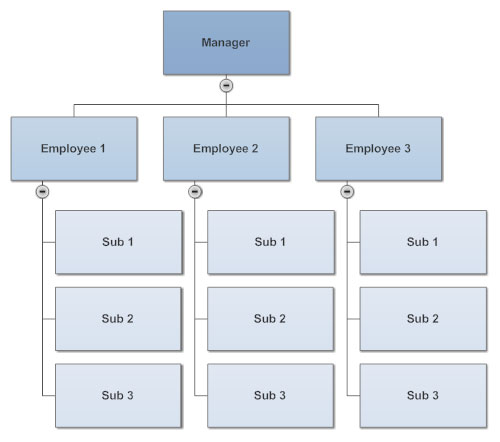
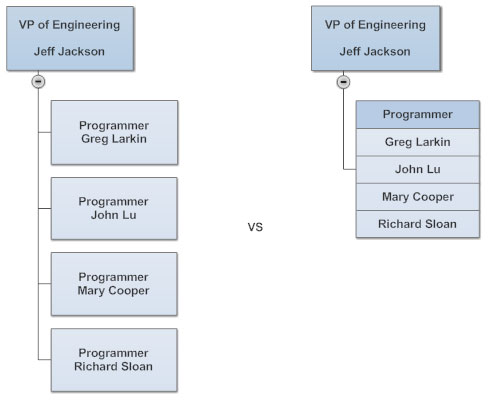
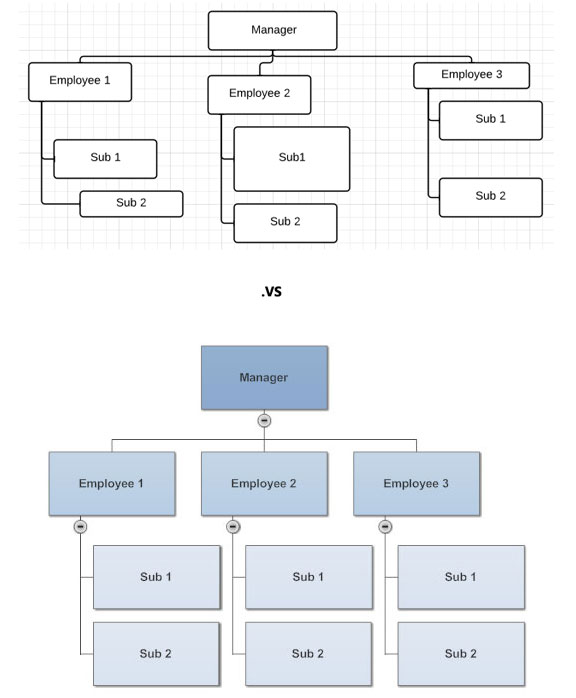
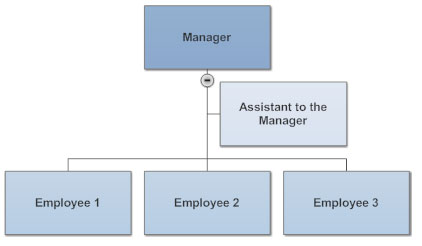
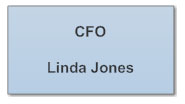
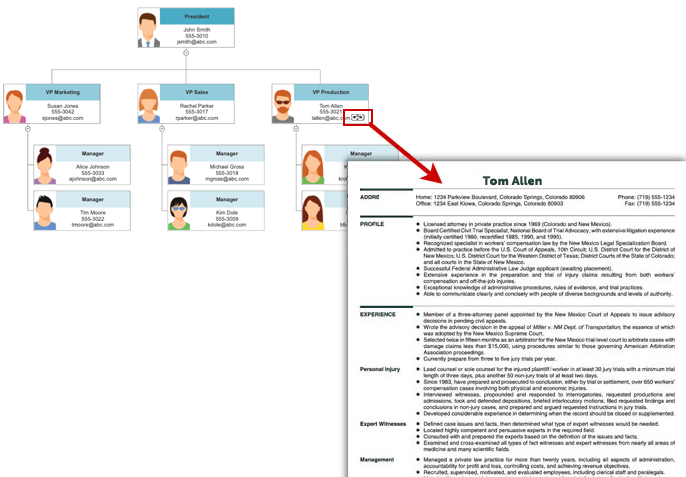
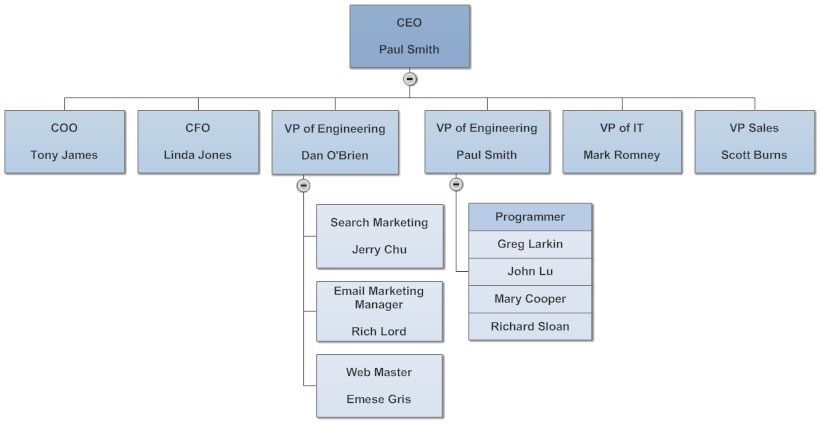
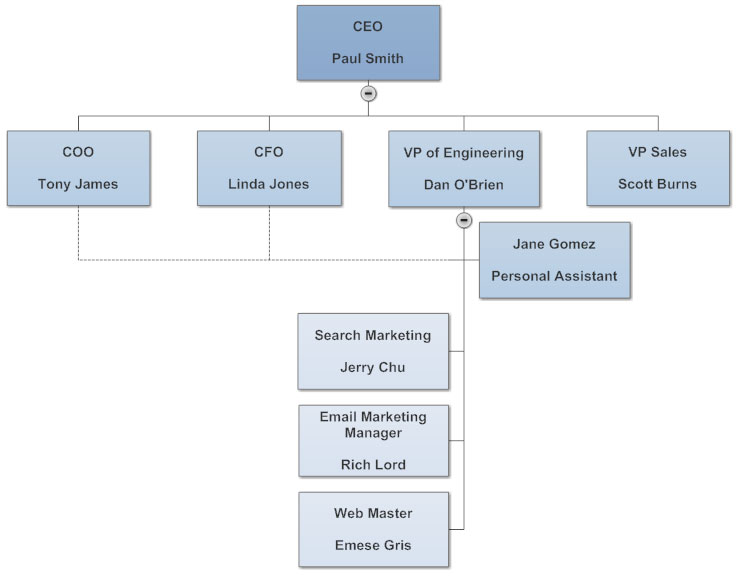
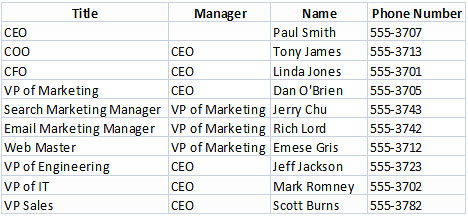



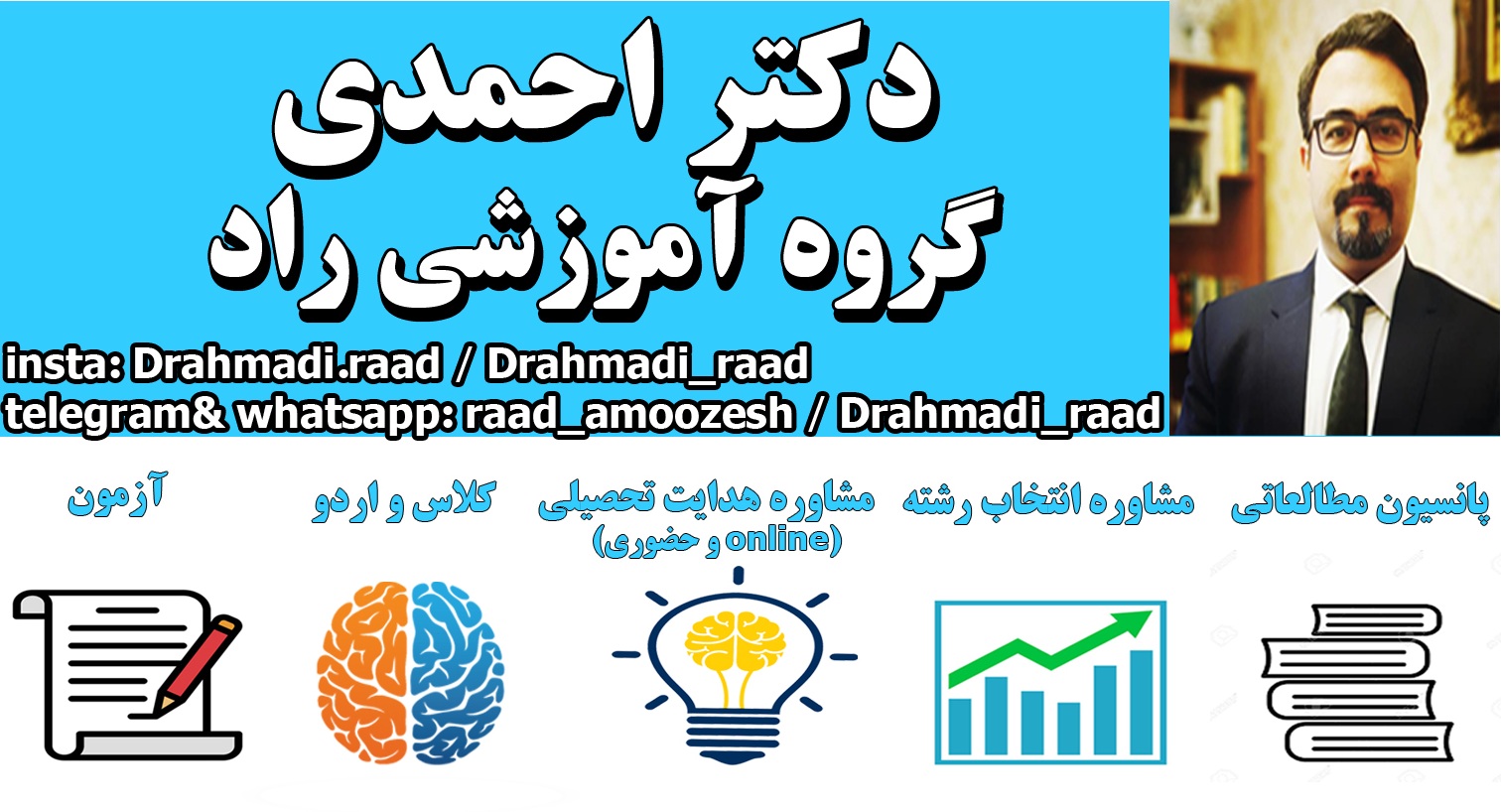




درباره این سایت